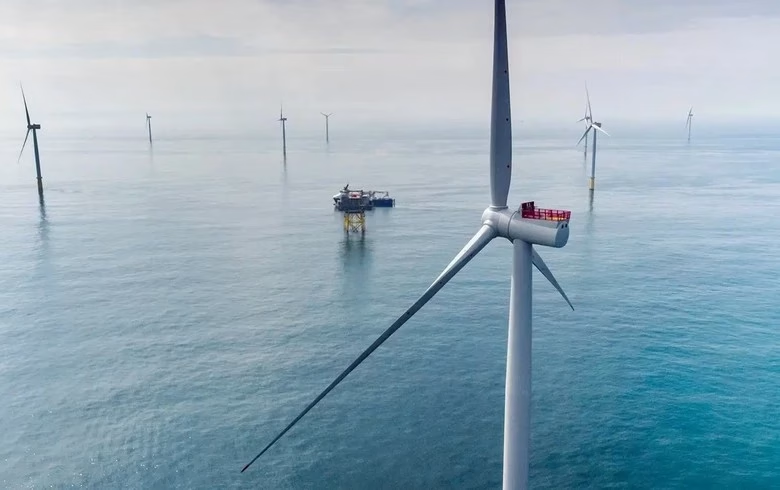The Crown Estate has unveiled its choice of Equinor and Gwynt Glas, as the preferred developers for the Celtic Sea floating offshore wind leasing round (Round 5). Each bidder secured rights to develop 1.5 GW of floating offshore wind capacity, paying an option fee of £350/MW per year. In total, the joint venture of EDF Renewables UK and ESB will produce 3 GW of potential power. This will be enough to supply around 1.5 million homes per project.
What’s Being Built and Where
Moreover, the leasing round includes premises for a third 1.5 GW site, with The Crown Estate set to provide more details by September 2025. Both developers have proposed Port Talbot and Bristol as the likely assembly hubs for turbine components before they’re floated out to sea. Additionally, this round is unique because it is the first to incorporate a connection agreement with NESO, ensuring these Celtic Sea wind farms will plug into the UK grid once built.
Also Read TotalEnergies Wins 1GW Offshore Wind Tender in Germany
Economic and Environmental Upside
Furthermore, Round 5 is expected to deliver significant economic benefit, creating around 5,300 construction jobs and injecting £1.4 billion into local economies. This expansion will boost the UK floating wind sector, adding to the earlier investment by The Crown Estate of £400 million into ports and supply chains. Energy Secretary Ed Miliband hailed the scheme as “transformative”, especially for regions like Wales and the Southwest.
Green Power for the UK’s Future
Finally, Round 5 is a cornerstone of the UK government’s strategy to reach 43-50 GW of offshore wind by 2030, with floating turbines unlocking deeper waters previously out of reach. Once operational, likely in the early 2030’s, these projects will not only generate low-carbon electricity but also strengthen energy resilience and promote local industrial growth. With Equinot and Gwynt Glas leading the charge, and a third site on the horizon, the Celtic Sea is set to become a hub for pioneering floating wind energy across Europe.
Also Read Ørsted Discontinues Hornsea 4 Offshore Wind Project — What Does It Mean?
Project Overview: Celtic Sea Floating Wind Round 5
Contracts Awarded
The Crown Estate selected Equinor and Gwynt Glas (EDF Renewables UK & ESB) as preferred bidders
Each awarded 1.5 GW capacity lease, out of a total 4.5 GW area. A third 1.5 GW site remains reserved. Annual option fees set at £350/MW
Geographical Scope
Projects will be located in the Celtic Sea, off the coasts of South Wales and South West England
Development includes floating wind farms in deeper waters not suited to fixed-bottom turbines
Port Integration
Equinor and Gwynt Glas plan turbine assembly in Port Talbot and Bristol
These ports will serve as staging areas before turbines are towed offshore
Grid Connection Strategy
A strategic partnership with the National Energy System Operator (NESO) ensures pre-approved grid connections
This will allow the wind farms to be among the first floating projects with confirmed grid access
Economic Impact
Expected to generate approximately 5,300 construction jobs and boost annual activity by £300 million
Floating wind supports the UK’s goal of 43–50 GW offshore wind by 2030 and strengthens energy security
Next Steps
Agreements for the first two sites will be finalised in autumn
Work on the third zone is under evaluation. Full next-phase details expected by September 2025
Projects will undergo a three- to five-year consenting process and could begin delivering power in the early 2030s

